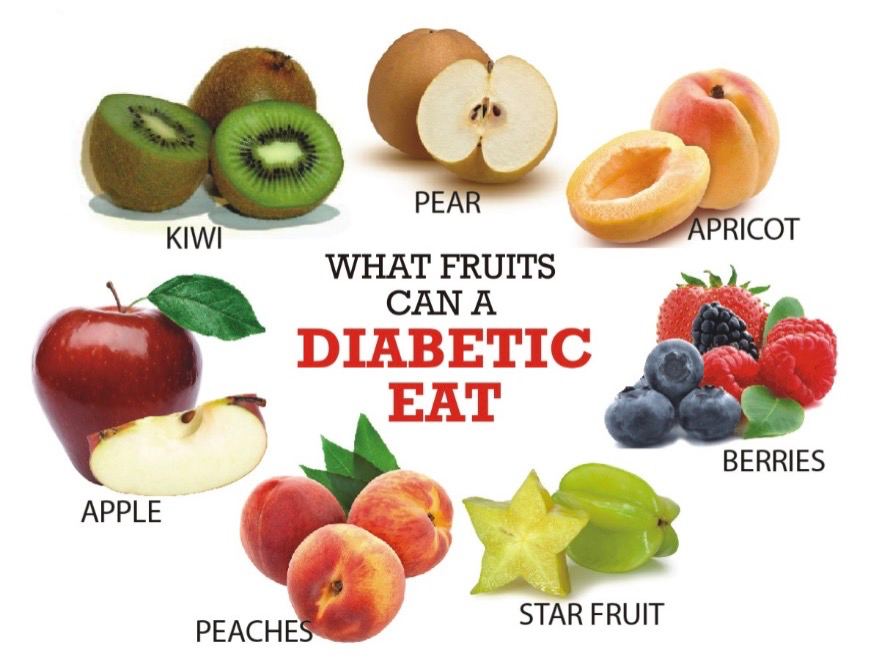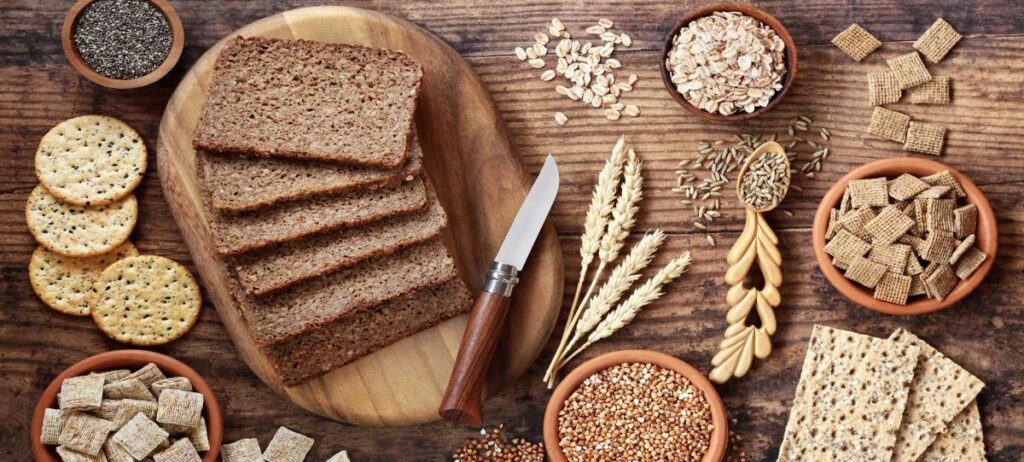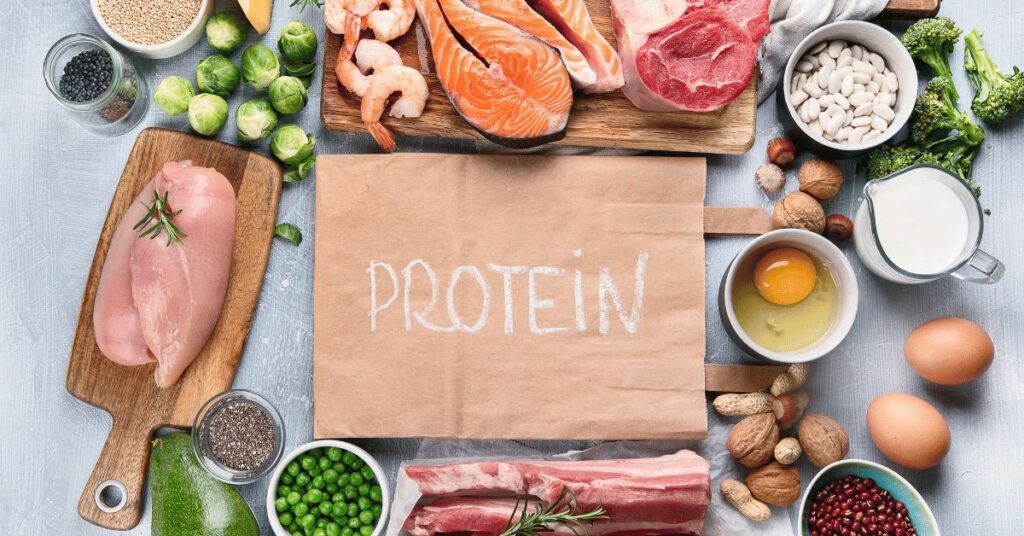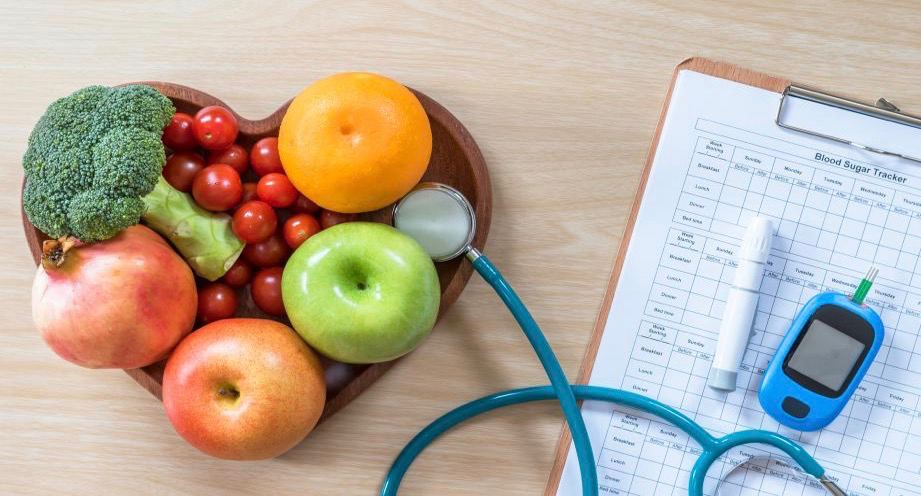
Dietary suggestions in Diabetic patients
I. Introduction
In the fast-paced, modern world, chronic illnesses are on the rise, with diabetes standing out as one of the most prevalent and consequential. With over 400 million individuals diagnosed globally, understanding diabetes and its meticulous management is paramount. At the heart of this management lies the role of diet. Every morsel we consume has the potential to impact blood sugar, making dietary choices a daily act of balancing and planning for diabetics.
II. Understanding Diabetes: A Primer
Type 1 Diabetes:
This autoimmune variant arises when the body’s defense system mistakenly attacks insulin-producing beta cells in the pancreas. Without insulin, glucose accumulates in the blood, leading to hyperglycemia. Dietary management for Type 1 revolves around matching food intake with insulin doses.
Type 2 Diabetes:
Representing most diabetes cases, Type 2 is primarily attributed to insulin resistance. Here, the body produces insulin but utilizes it inefficiently. Factors like genetics, obesity, and a sedentary lifestyle often play a role. Diet for Type 2 focuses on improving insulin sensitivity and managing weight.

III. The Role of Diet in Diabetes
Every meal for a diabetic is a step towards health or an impending risk. Simple sugars, found in candies, sodas, and many processed foods, can cause blood sugar to skyrocket. On the other hand, foods with complex carbohydrates, protein, and healthy fats ensure a slower, more controlled glucose release, preventing drastic peaks and valleys in blood sugar.
IV. Prioritizing Whole Foods for Holistic Health
Whole foods are unadulterated treasures packed with nutrients:
Fruits: While fruits like berries, apples, and pears are celebrated for their fiber content, it’s also crucial to acknowledge fruits like bananas, mangoes, and grapes. While they have more natural sugars, they can still be part of a diabetic diet when consumed in moderation and accounted for in the day’s carbohydrate count.

Vegetables: Beyond popular choices like leafy greens and bell peppers, delve into cruciferous vegetables like Brussels sprouts, cauliflower, and kale. These veggies are not only low in carbs but also rich in phytochemicals that combat inflammation.

Whole Grains: Move beyond just oatmeal. Explore grains like millet, buckwheat, and amaranth. Each grain has a unique nutrient profile, offering varied benefits. For instance, barley’s beta-glucans can help lower cholesterol.

IV. The Dangers of Sugary Beverages
Sugary beverages are silent culprits. A can of soda can contain up to 10 teaspoons of sugar! The rapid absorption of these sugars can strain the body’s insulin mechanism. Moreover, such drinks can lead to weight gain, a risk factor for Type 2 diabetes.
Water is undeniably the best choice, but for those seeking variety:
Herbal Teas: Chamomile can soothe, peppermint can refresh, and rooibos can provide antioxidants—all without impacting blood sugar.
Sparkling Water: If fizz is what you fancy, carbonated water with a splash of lemon or a hint of natural fruit flavor can be invigorating.
VI. Fats: The Good, the Bad, and the Ugly
Fats often get a bad rap, but they’re essential. They aid in vitamin absorption, protect organs, and provide energy. But, all fats aren’t created equal:
Healthy Fats: Olive oil, for example, is rich in oleic acid, which has anti-inflammatory effects. Walnuts are packed with omega-3s, which support heart and brain health. Avocados, besides being delicious, can improve cholesterol levels.
Unhealthy Fats: Trans fats, often found in baked goods and fried foods, not only elevate bad cholesterol (LDL) but also reduce good cholesterol (HDL). High saturated fat foods, like certain cuts of red meat, can contribute to heart disease when consumed in excess.

VII. Protein: The Building Blocks
When we think of protein, often meat, poultry, and fish come to mind. However, the world of protein is vast and varied:
Lean Meats: Chicken breast, turkey, and lean cuts of beef and pork provide ample protein without excessive saturated fats.
Fish: Especially fatty fish like salmon, mackerel, and sardines are not only rich in protein but also in omega-3 fatty acids, which have been shown to reduce inflammation and support heart health.
Plant-based Proteins: Lentils, chickpeas, black beans, and tofu offer protein without the added fats. Quinoa is a rare plant source that provides all nine essential amino acids, making it a complete protein.
Dairy and Alternatives: Greek yogurt, cottage cheese, and milk are good protein sources. For those lactose intolerant or vegan, almond milk, soy milk, and oat milk can be alternatives, though their protein content may vary.
For diabetics, the timing and amount of protein intake can also influence insulin needs and blood sugar levels, especially for those on insulin therapy.

VIII. The Fiber Factor
Fiber is a carbohydrate that doesn’t raise blood sugar. It adds bulk to diets, aiding digestion, and provides a feeling of fullness, which can help in weight management—a crucial aspect for Type 2 diabetes control.
Soluble Fiber: Found in oats, beans, fruits, and vegetables, this type of fiber helps lower blood glucose levels and cholesterol.
Insoluble Fiber: Found in whole grains and vegetables, it aids digestion and stool consistency.
Remember, increasing fiber intake suddenly can lead to digestive issues. It’s best to increase gradually while drinking plenty of water.

IX. Popular Diets and Their Role in Diabetes Management
Mediterranean Diet:
Celebrated for its heart health benefits, this diet emphasizes fish, olive oil, nuts, fruits, and vegetables. Its balance of nutrients aligns well with diabetic dietary recommendations.
DASH (Dietary Approaches to Stop Hypertension):
Initially designed to combat high blood pressure, DASH also proves beneficial for diabetics due to its focus on whole grains, lean protein, and a plethora of fruits and vegetables.

X. Monitoring and Adjustments
Every individual’s body reacts differently. While general guidelines are beneficial, personalizing the diet based on blood sugar responses is crucial. Continuous glucose monitors or periodic checks using glucometers can guide dietary adjustments. Collaboration with healthcare professionals can ensure the diet aligns with medications and the overall treatment plan.

XI. Conclusion
Diabetes, though chronic, doesn’t sentence one to a life of bland food and strict restrictions. It’s a call to understand one’s body better, make informed choices, and relish the myriad flavors nature offers. With knowledge and proactive management, diabetics can lead a flavorful, fulfilling life.
References
World Health Organization (2016). Global report on diabetes. World Health Organization.
Evert, A. B., Dennison, M., Gardner, C. D., Garvey, W. T., Lau, K. H., MacLeod, J., … & Rodriguez, T. (2019). Nutrition therapy for adults with diabetes or prediabetes: A consensus report. Diabetes Care, 42(5), 731-754.
Jenkins, D. J., Kendall, C. W., Augustin, L. S., Franceschi, S., Hamidi, M., Marchie, A., … & Axelsen, M. (2002). Glycemic index: overview of implications in health and disease. The American journal of clinical nutrition, 76(1), 266S-273S.
Post, R. E., Mainous III, A. G., King, D. E., & Simpson, K. N. (2012). Dietary fiber for the treatment of type 2 diabetes mellitus: a meta-analysis. Journal of the American Board of Family Medicine, 25(1), 16-23.
Johnson, R. K., Appel, L. J., Brands, M., Howard, B. V., Lefevre, M., Lustig, R. H., … & Wylie-Rosett, J. (2009). Dietary sugars intake and cardiovascular health: a scientific statement from the American Heart Association. Circulation, 120(11), 1011-1020.
Vannice, G., & Rasmussen, H. (2014). Position of the academy of nutrition and dietetics: dietary fatty acids for healthy adults. Journal of the Academy of Nutrition and Dietetics, 114(1), 136-153.
Micha, R., Peñalvo, J. L., Cudhea, F., Imamura, F., Rehm, C. D., & Mozaffarian, D. (2017). Association between dietary factors and mortality from heart disease, stroke, and type 2 diabetes in the United States. JAMA, 317(9), 912-924.
Armstrong, L. E., & Johnson, E. C. (2018). Water intake, water balance, and the elusive daily water requirement. Nutrients, 10(12), 1928.


Leave a Reply